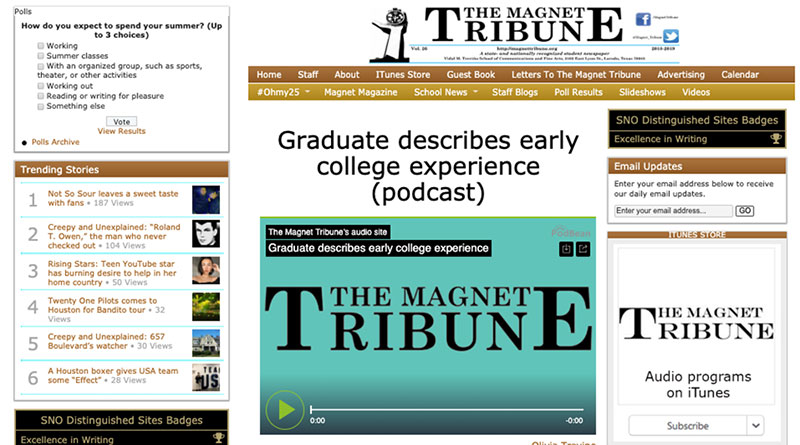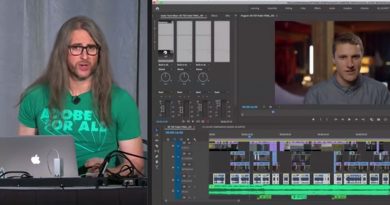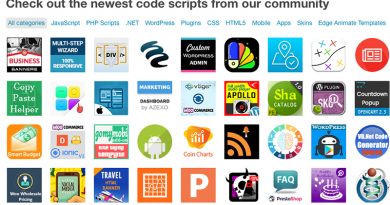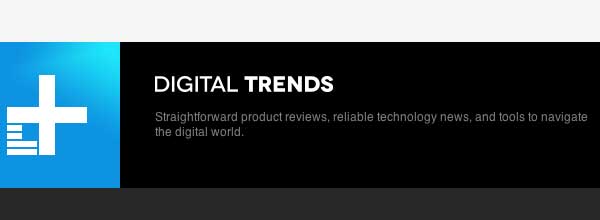Podcast on a budget – Promoting your podcast
This is the seventh and final part of a multipart series on podcasting for publication staffs.
In order to have potential listeners become aware of your podcast you’ll need to promote it.
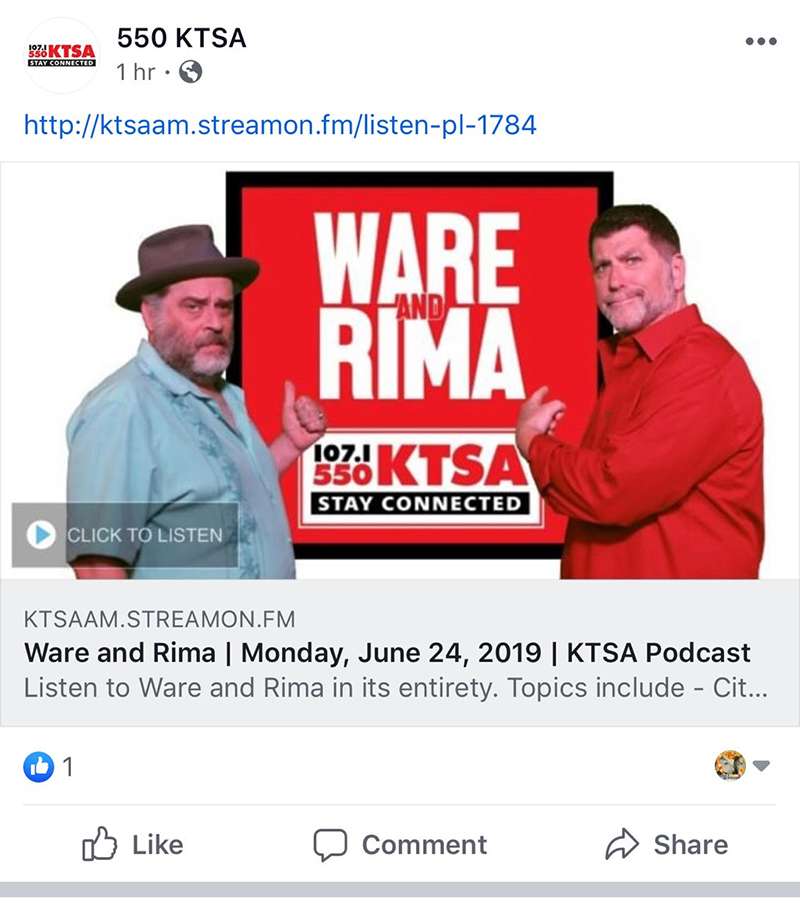
Here is a compilation of research from around the internet on how to successfully promote one’s podcast.
According to buffer.com, posting on iTunes can result in as much as 70 percent of a podcast’s listens and downloads.
To promote your work, here are a few pointers from not only buffer from several other sites:
- Promote your podcast on social media. Send a tweet or post on Facebook with the URL from your school paper’s website when you publish the podcast. This would work well also, using the podcast hosting site or iTunes’ URL, but in my opinion promoting the newspaper’s website is the better option.
- Reshare the podcast episode several times on social media.
- Using Pablo or Canva, create a quote image and share as a standalone social media post with the URL.
- If you have guests, ask them to promote the podcast on their social media sites.
- Be a guest on other podcasts to promote your own.
- Repurpose your podcast’s audio file into a video production to publish on YouTube. For visuals, you could use an appropriate graphic or videos, photos of the participants, or video showing what is being discussed.
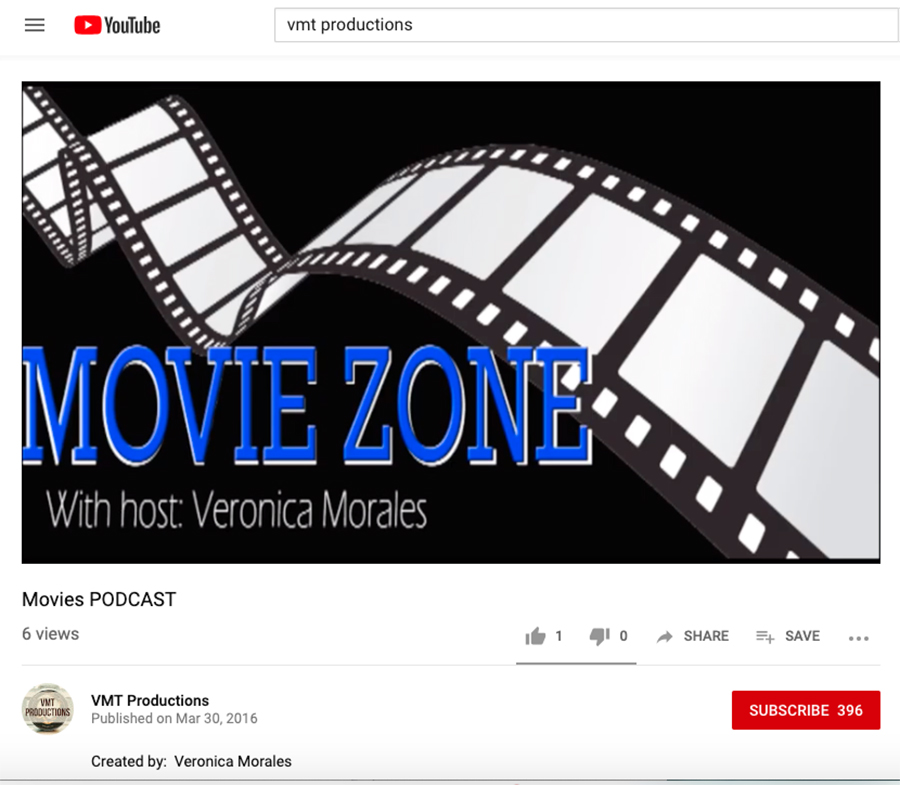
- Submit your podcast to podcasters and aggregators. If your podcast is published on iTunes then it’s also automatically posted on PodcastLand. There are a number of others, some of which take the form of downloadable apps for cell phones.
- Use Search Engine Optimization techniques. Numerous articles and books have been written on this, but in very simple terms it’s using a website’s contents or key words to drive traffic to the site.
Both allow for live broadcasting, so either could be an alternative to recording a podcast if you wanted to go live.
Thank you for joining me in this journey through the world of podcasting.
—

